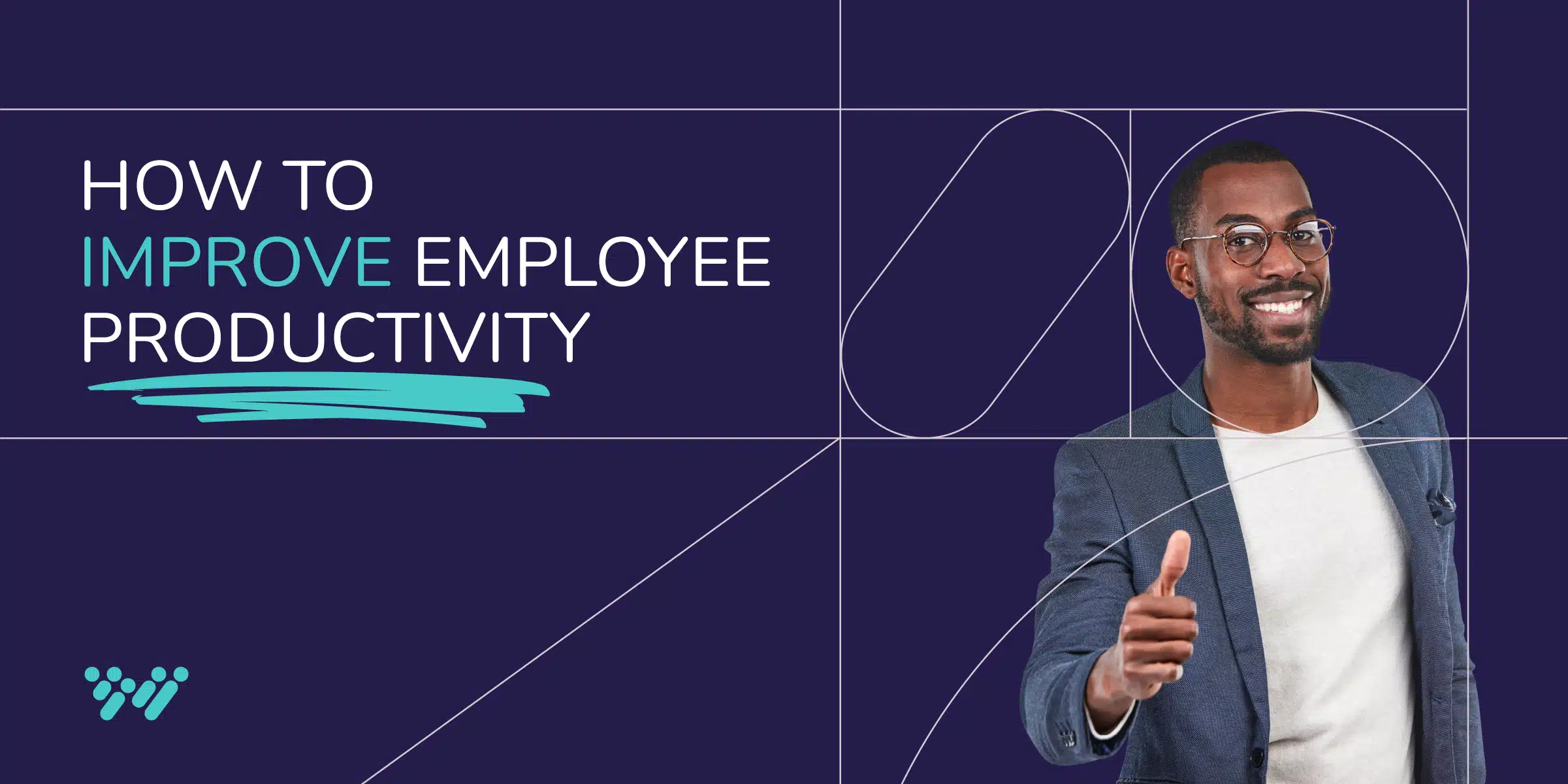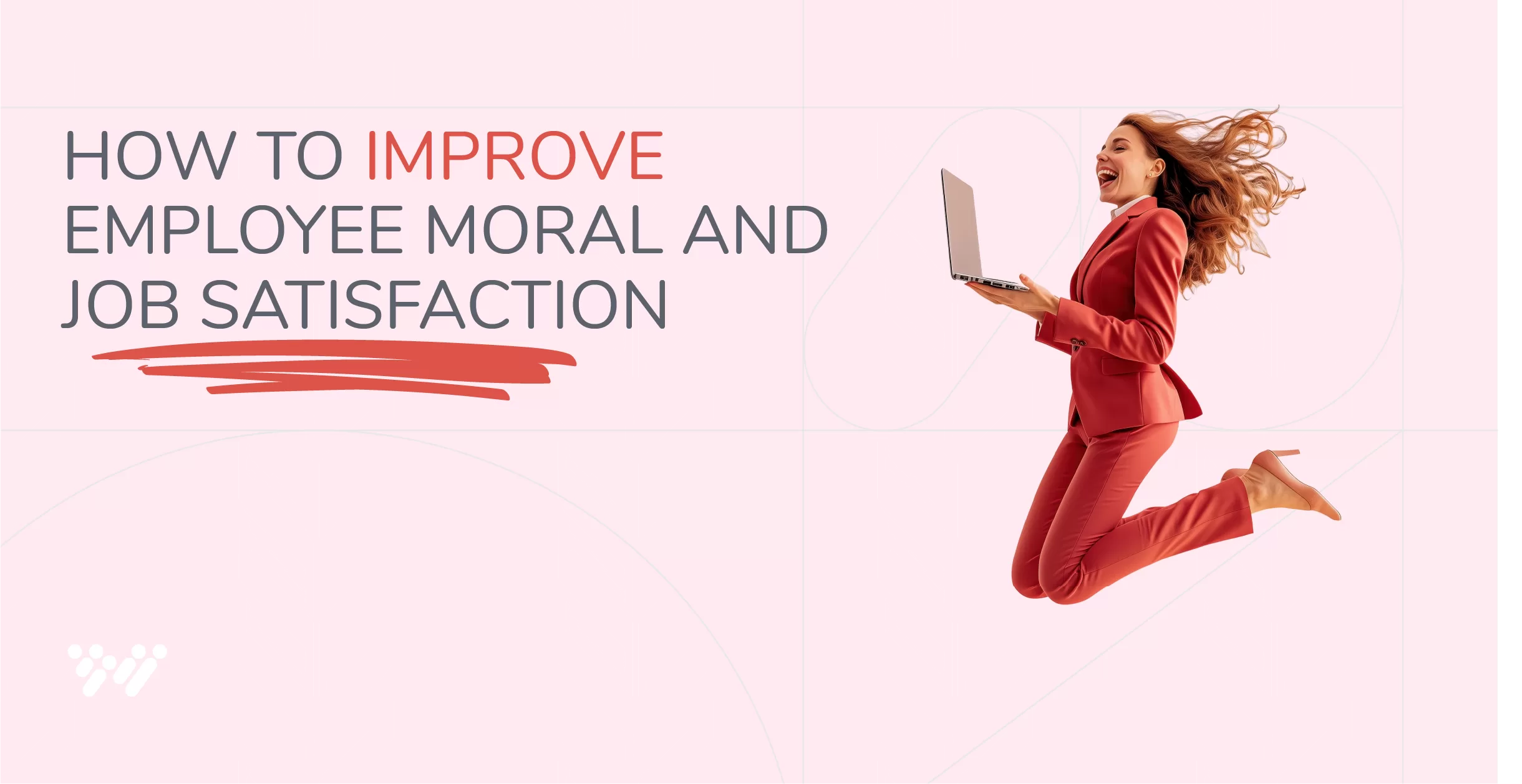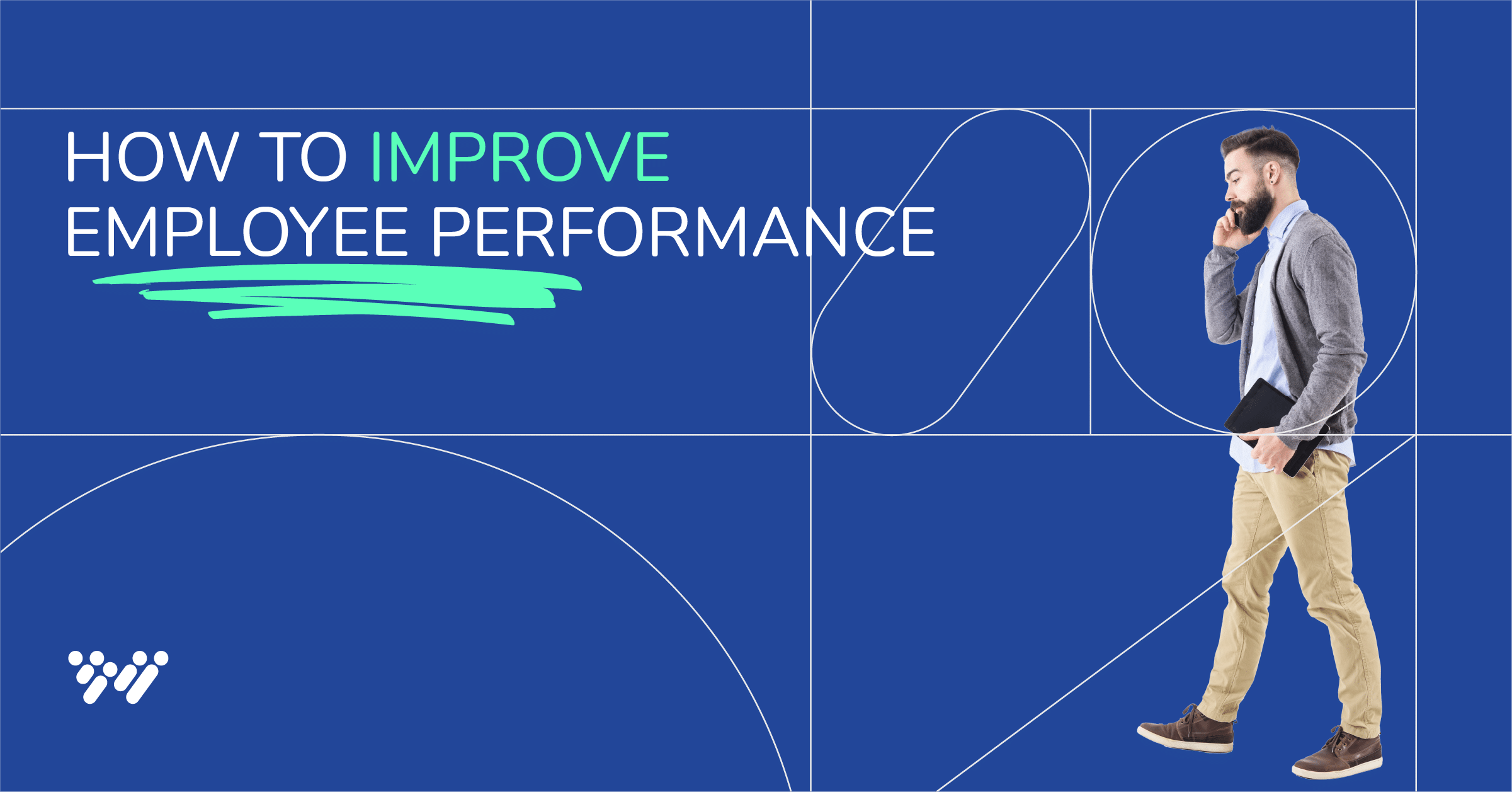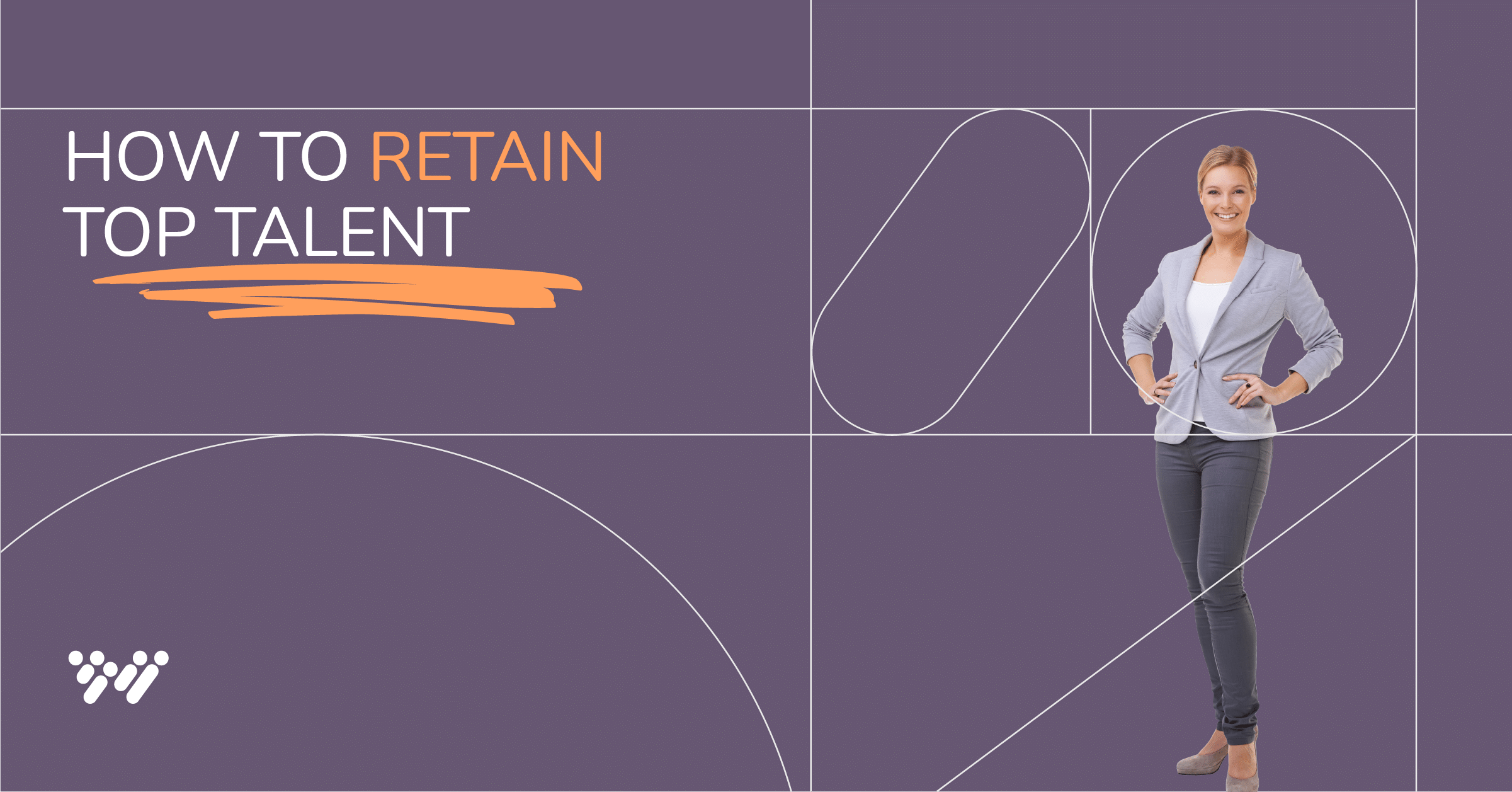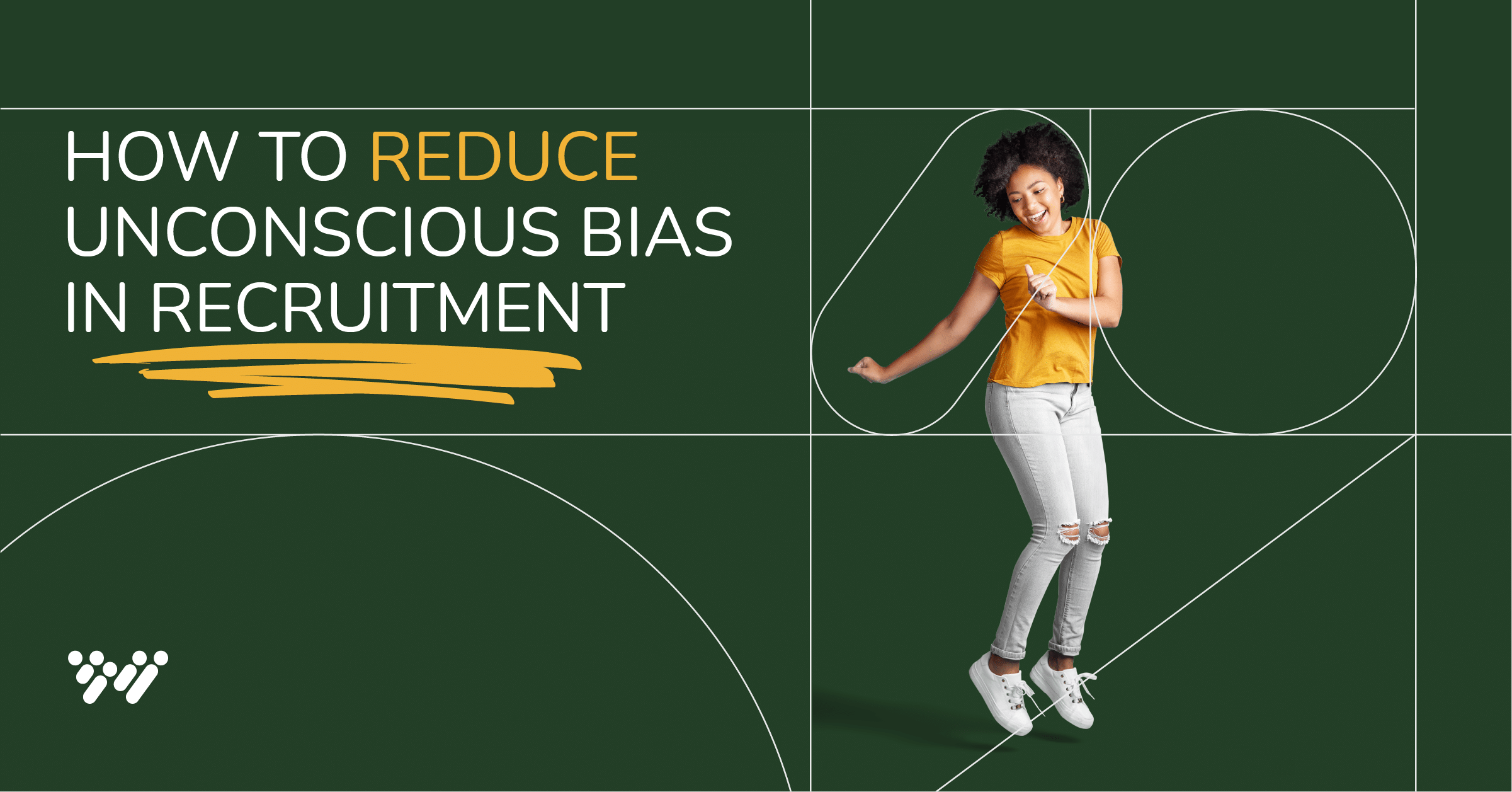Hiring can feel like solving a complex equation. But unlike 2 + 2 = 4, there’s no guaranteed answer when it comes to finding the perfect candidate. People are multifaceted, with unique personalities, skill sets, and experiences that shape who they are and how they work. At the end of the day, all you can do is make your best guess — but that doesn’t mean it has to be a blind guess. In this blog, we explore how to determine if a candidate is a good fit, including the role of pre-hire assessments in the hiring process. Let’s get into it!
Table of contents
How to tell if a candidate is a good fit
The key to successful recruitment lies in looking at the bigger picture and working as a team. Recruiters, collaborate with your hiring managers. Managers, work with your recruiters. Yes, the goal is to fill the open position, but what’s the bigger picture? What kind of teammate do you need not only today but in three months, six months, and even a year from now? Remember, while qualifications are important, every candidate brings a unique set of experiences, perspectives, and strengths to the table. It’s about finding someone who complements the existing team and fosters a dynamic and innovative work environment.
Often, you need someone who goes beyond the basic skills requirements listed in a job description. Here are some key areas to consider when defining your ideal candidate:
- Domain expertise: This is the foundational knowledge and skills required to excel in the role.
- Problem-solving approach: How would the candidate tackle a complex challenge?
- Adaptability: Is the candidate open to learning new skills and working outside their comfort zone?
- Growth potential: Are they eager to learn and develop alongside the company?
By focusing on these areas, you’ll establish a strong foundation for aligning hiring manager requests with broader organizational needs when defining a new role. This, in turn, fosters collaboration between hiring managers and recruiters. Next, let’s look at five essential criteria you should evaluate for candidate fit and how to measure them.
Five elements of candidate fit and how to evaluate them
To assess a candidate’s current and future fit, you need to answer questions that go beyond resumes and cover letters, as these often only give a one-dimensional view of a prospective hire.
Here are several factors that can help you tell if a candidate is a good fit:
1. Cultural and personality fit
A strong cultural fit ensures the candidate’s personality, work style, and values mesh well with your company’s overall environment. This fosters collaboration, communication, and a sense of belonging, ultimately leading to higher engagement and productivity.
How to evaluate: Look for alignment during interviews and in the assessment process. Do their responses about teamwork and communication mesh with your company’s and team’s values?
2. Job experience
Prior experience in a similar role can be a valuable asset, but it’s not the sole indicator of a candidate’s success. While a foundation of relevant knowledge and skills may allow them to hit the ground running, research suggests a weaker connection between experience and performance than previously thought.
This shift in perspective highlights the importance of the quality of experience over quantity (for example, someone can have years of experience in a role but have performed poorly or vice versa). It’s easy to see a lack of direct experience as an instant disqualifier, but direct experience is never a conclusive predictor of success. Instead of simply focusing on the years of experience or similar roles held, recruiters and hiring managers should look deeper. By considering other aspects alongside relevant experience, like skills and potential, you can create a more complete picture of a candidate’s ability to thrive in your new role.
How to evaluate: Find out how the candidate excelled in their previous roles. Did they take on challenging projects and demonstrate growth? Is there any work they’re proud of? Furthermore, understand if they can apply their skills and knowledge to new situations within your company culture. Most importantly, uncover the extent of their learning agility and eagerness to adapt to new processes and technologies.
3. Skills and learnability
Skills assessments and targeted interview questions can reveal a candidate’s current technical skillset. This could include anything from proficiency in software programs to communication, problem-solving, and critical thinking abilities.
“Employers estimate that 44% of workers’ skills will be disrupted in the next five years. Cognitive skills are reported to be growing in importance most quickly, reflecting the increasing importance of complex problem-solving in the workplace.”
“The Future of Jobs Report 2023,” World Economic Forum
However, it’s important to remember that skills assessments are only a snapshot in time. While candidates need a blend of technical skills specific to the job description, they also need to demonstrate an ability to learn new skills (also called learnability and adaptability). This adaptability ensures they are capable of expanding their skill sets to keep pace with evolving requirements.
How to evaluate: Multi-measure assessments, like Wonderlic Select, can offer insights into a candidate’s motivation, personality, and cognitive ability, revealing how they might approach challenges within your company culture. These traits tend to be more stable than technical skills and can be strong indicators of a candidate’s ability to learn and adapt over time.
4. Emotional compatibility
A successful candidate should be able to handle the demands and expectations associated with the role. This includes managing stress, working effectively under pressure, and demonstrating resilience in the face of challenges.
How to evaluate: Personality assessments and interview questions that get into past experiences with deadlines, pressure, or overcoming obstacles can provide insights into a candidate’s emotional compatibility with the role.
5. Intellectual curiosity and motivation
A candidate with a strong desire to learn and grow — or a growth mindset — is an asset to any team. This intrinsic motivation translates into a willingness to adapt, embrace new challenges, and continuously improve their skill set.
How to evaluate: In addition to responses in a motivation assessment, pay close attention to a candidate’s enthusiasm during interviews. Do they ask insightful questions about the role and the company? Do they express a desire to learn and grow within the position?
Using quality screening tools to assess candidate fit
Finding the perfect candidate isn’t about checking boxes. It’s about identifying someone who aligns with your company culture, possesses the necessary skills, and demonstrates the potential to thrive in your specific role — now and in the future. Screening tools could be anything from a resume to an interview to an AI-powered chatbot, but not all screening tools are created equally. Many tools can help you quickly identify candidates — but only the most tested and scientifically rigorous screening tools can qualify high-potential candidate fit with precision.
Did you know nearly half (46%) of new hires fail within 18 months? That’s about as effective as flipping a coin. Researchers blame outdated recruitment practices, overdependence on resumes, and a lack of focus on overall candidate fit.
Some AI interview tools, for example, have been shown to create bias or alienate candidates. In addition, while there are multiple types of pre-hire assessments, many of these tests, like skills assessments, don’t provide the full picture and aren’t predictive of a candidate’s performance and culture fit.
However, regardless of the screening tools you use—whether it’s a resume parser, pre-hire assessments, or interviews—one of the most important factors to ensure is that your hiring process is documented and repeatable. A standardized process helps ensure your hiring decisions are resistant to bias.
A reminder: You’re legally obligated to evaluate candidates based on bona fide occupational qualifications (BFOQ), which means your assessments and interview questions must be relevant to the job itself. For example, during a software developer interview, you shouldn’t focus on a candidate’s marketing experience.
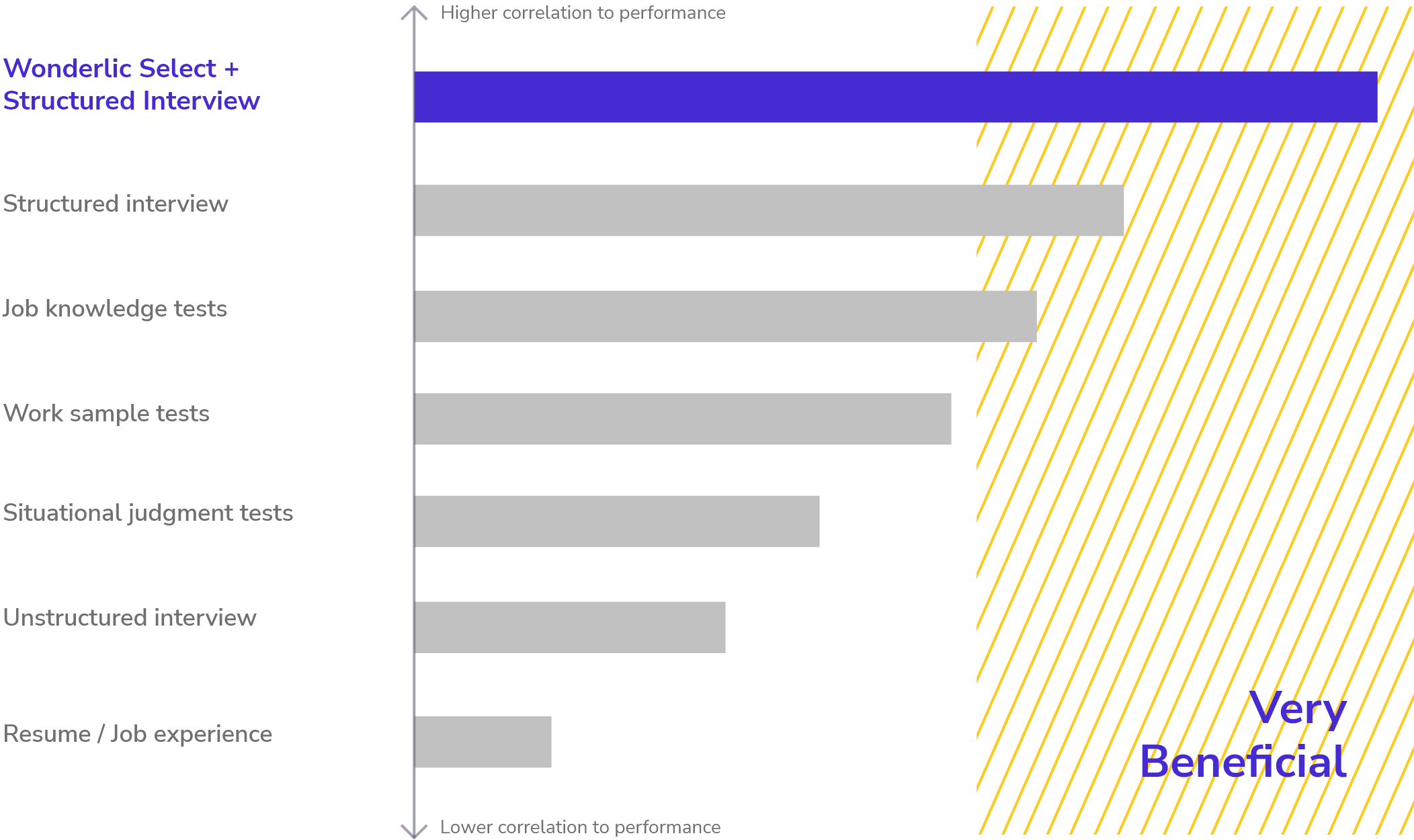
Here are some key elements of a structured interview that can help you evaluate candidates fairly:
- Repeating the process: All candidates for the same position go through the same interview process, ensuring fairness and consistency.
- Competency-based questions: Design questions to assess specific skills and experiences relevant to the job.
- Multiple raters: Having multiple interviewers score candidates on a standardized scale helps reduce bias and creates a more objective evaluation.
The multi-measure difference
As far as screening tools go, research from Cambridge University found that multi-measure assessments outperform generic personality or skills tests — because they directly assess job-specific behaviors. A multi-measure assessment, like Wonderlic Select, will give you the highest predictive accuracy by providing a single score that’s specific to the job requirements, incorporating cognitive ability, personality, and motivation. These three dimensions, plus a structured interview, are designed to screen applicants for highly predictive, holistic candidate fit.
Let’s take a look at each element and how it helps you determine candidate fit.
Cognitive ability
Beyond simply filling a role, cognitive ability assessments can help you identify capable talent with the potential to excel. These assessments measure fundamental skills like problem-solving and critical thinking, which are critical for recommending solutions to challenges and adapting to new situations. Research by McKinsey suggests that in “complex” roles, employees with strong cognitive abilities, otherwise known as high performers, can be 800% more productive, completing projects in half the time (or less).
Learning agility
Part of cognitive ability, learning agility measures the candidates’ willingness and capability to learn and adapt. That might sound obvious, but many companies struggle with looking outside of how current candidate skills fit immediate business needs. Business strategies evolve, and skill requirements along with them. Hiring someone who lacks learning agility can leave you with a soon-to-be outdated employee when the inevitable strategy shift occurs. Translation? That leads to wasted time and resources.
Refilling a position requires a full hiring cycle, while upskilling an existing employee with learning agility can be accomplished for a fraction of the cost — as mentioned earlier, estimates suggest that hiring a new employee costs seven times what it would take to upskill an existing employee. Invest in assessments that allow you to identify individuals who will not only thrive in your current environment but also adapt and grow with your organization’s future needs.
Motivation
Motivation assessments explore a candidate’s work ethic and drive. This focus on intrinsic motivation to succeed not only improves performance but also positively impacts retention. After all, intellectually stimulated and motivated employees are more likely to be engaged and stay with your organization. This translates to significant cost savings — considering organizations face a staggering $1 trillion annual loss due to voluntary employee turnover. The bottom line? If you hire candidates who want to be at your company, you’ll be less likely to look for their replacement in a few months.
Personality
A bad hiring decision can be costly. The average cost of a bad hire is $17,000, but that figure can balloon to $240,000 when you factor in recruiting fees, onboarding expenses, and lost productivity. Understanding overall fit is a crucial piece of candidate evaluation, helping teams reduce the chance of a costly mismatch between the candidate’s personality, motivation, and cognitive abilities and the company’s values.
For example, personality assessments can help you predict how a candidate might approach the role, their communication style, and their potential for teamwork, which contributes to overall fit and therefore, longevity within the organization. Our customers use personality assessments to identify future leadership potential as well — a valuable asset for a well-rounded team.
How do you evaluate fit for current employees?
A strategic and holistic talent strategy recognizes the value of your existing workforce. While external hires can bring fresh perspectives, sometimes, the perfect candidate for a new role is already a high performer within your team, . not to mention that hiring a new employee can cost up to seven times more than upskilling an existing employee. Here’s how you can evaluate current employees for fit and unlock their potential for growth:
Leverage your existing knowledge
The beauty of evaluating internal candidates is the wealth of data you already possess. You have a clear picture of their current performance relative to their job requirements. This allows you to quickly pinpoint individuals who might be strong contenders for lateral or vertical moves.
Identify development opportunities
The evaluation process for internal candidates is an opportunity for development. Measuring an employee’s performance against their current job description benchmarks can reveal areas for upskilling or reskilling. By offering employee development, your company can create a more well-rounded workforce while empowering employees with a roadmap for professional growth.
An important component of professional development — and identifying next-level roles for your existing employees — is understanding strengths and weaknesses. By evaluating an employee’s fit for a new role, you can help them gain valuable self-awareness. This knowledge empowers them to identify areas for improvement and chart a course for continued development. After all, if someone doesn’t understand their strengths and weaknesses, how can they effectively work towards improvement?
Internal assessments
Using employee assessments to evaluate current workers for new opportunities is a smart strategy. Wodnerlic Develop is a self-led, self-paced employee development tool that reveals employees’ high-effort and low-effort traits relative to their roles. Then, Develop provides a roadmap for improvement, prioritizing high-impact traits and competencies that will immediately improve on-the-job performance, all while alleviating the burden on managers to build and conduct employee development programs. With Develop, you can continuously elevate your workforce while identifying employee fit for current and future roles.
How Wonderlic helps determine if a candidate is a good fit
Wonderlic Select isn’t just another pre-employment assessment tool. With decades of experience, we’ve honed our craft to help you make smarter hiring decisions every time.
Wonderlic Select uses a multi-measure assessment to evaluate multiple dimensions of candidate fit. With Wonderlic, you can ditch the generic, one-size-fits-all candidate tests. Our extensive library of job-specific scoring profiles covers a wide range of existing and emerging positions. This means you won’t waste weeks building custom profiles, grappling with which factors matter most, or asking, “Why is this candidate a good fit for this role?” Wonderlic Select does the heavy lifting for you, providing off-the-shelf job profiles that deliver the most accurate insights to identify your ideal candidate right from the start of the hiring process.
Get a Demo of Wonderlic
Ready to elevate your recruitment process and move beyond guesswork? Sign up for a Wonderlic demo, and see how you can empower your recruiting team to make confident hiring decisions.
FAQs
Identifying fit starts with deciding what you’re looking for in a new teammate. Once you know what you need, you should use a variety of tools to assess different dimensions of candidate fit, including personality, experience, skills and learnability, emotional compatibility, and intellectual curiosity.
While there are a variety of screening tools available, multi-measure assessments that evaluate personality, motivation, and cognitive ability have been shown to be the most predictive of on-the-job performance.
Sometimes, the perfect candidate for a new role is already a high performer within your team. Using a hiring assessment tool like Wonderlic Select can even help you identify top internal hires.
Candidate screening tools can provide insights into future performance. But no matter which screening tools you use — whether resume parses, pre-hire assessments, or old-fashioned interviews — the most important factor to keep in mind is that your hiring process is standardized. A standardized process helps ensure your hiring decisions are resistant to bias.


